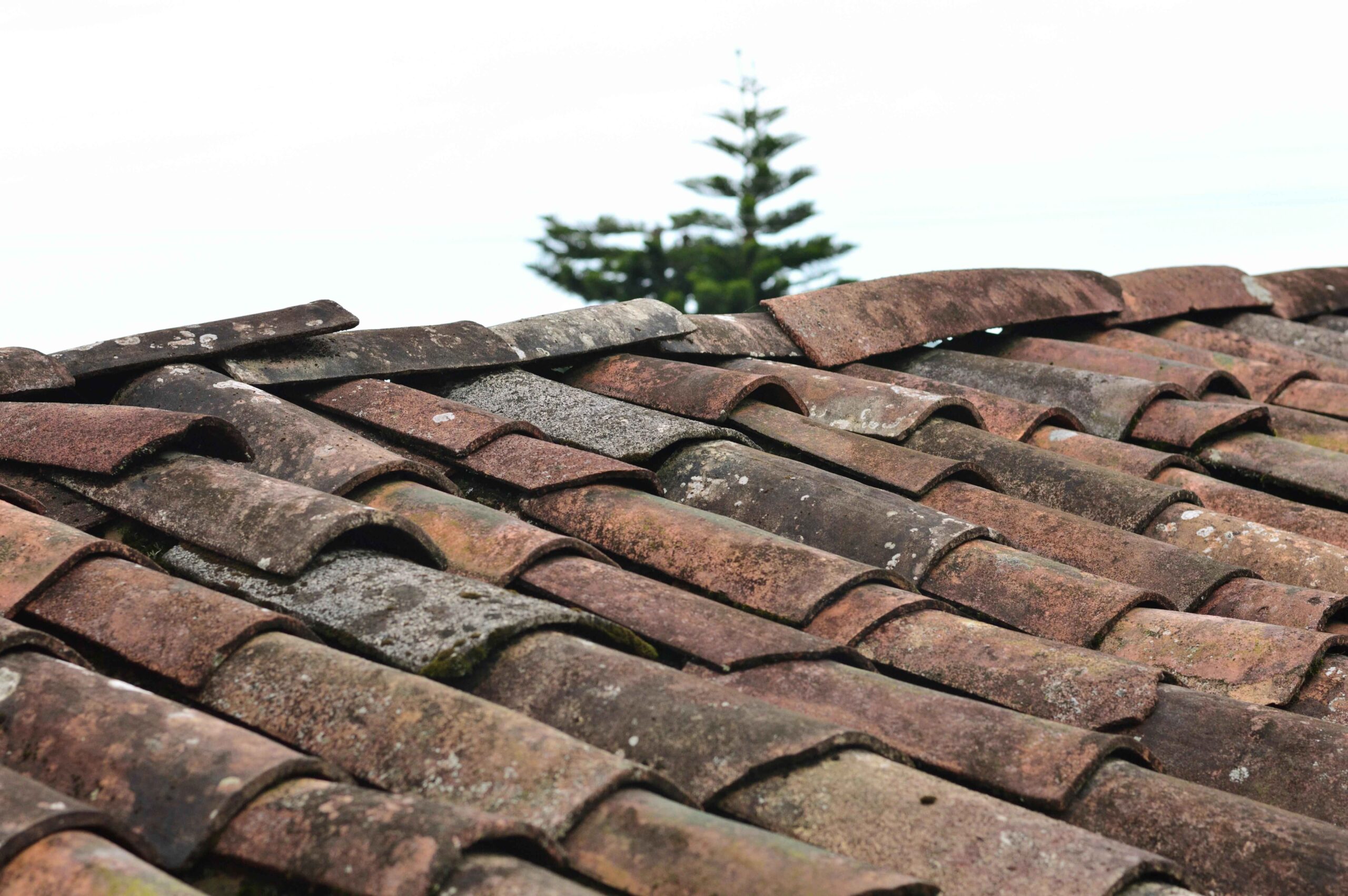Roofing over an existing roof can offer cost-effective advantages by saving time and money, enhancing energy efficiency, and reducing waste. However, before proceeding, it is vital to assess the current roof condition, verify the weight load capacity, and comply with local building codes. Potential drawbacks include added stress on the structure, potential warranty issues, and compromises in ventilation and aesthetic appeal. It is necessary to balance these factors and consider the cost difference between installing a new roof and complete replacement for long-term durability. A deeper understanding of these factors and consulting a reliable roofer in Winder can help you make an informed decision.
Advantages of Roofing Over
Roofing over an existing roof can offer several advantages, providing homeowners with a cost-effective and time-saving solution. One of the primary benefits is the cost-effectiveness of this approach. By avoiding the labor-intensive process of removing the old roof, homeowners can save time and money. In addition, roofing over an existing roof can help improve energy efficiency. The added layer can provide extra insulation, reducing heat loss in the winter and heat gain in the summer, potentially lowering utility bills.
Moreover, choosing to roof over an existing roof can be a more eco-friendly option. It reduces the waste generated from tearing off the old roof and sending it to landfills. This sustainable practice aligns with modern environmental considerations and can appeal to homeowners looking to reduce their carbon footprint.
Things to Consider Before Proceeding
Before roofing over your current roof, homeowners should carefully evaluate several essential factors to ensure a successful and sustainable project. To start, assess the condition of the current roof. Confirm that no significant structural issues, water damage, or mold could jeopardize the new roof’s integrity. Next, consider the weight load capacity of your home. Adding another layer of roofing can significantly increase the weight of your structure, so it’s vital to verify that it can support the additional load.
Furthermore, check local building codes and regulations. Some areas may restrict how many roofing layers are permitted or specific requirements for roofing materials. Understanding these guidelines in advance can help you avoid costly fines or having to redo the project. Additionally, think about the long-term consequences. While roofing over can be a cost-effective solution in the short term, consider how it may impact future renovations, maintenance, or the resale value of your home. By carefully considering these factors, you can decide whether roofing over your existing roof is the right choice for your home.
Potential Drawbacks to Keep in Mind
Considering the potential drawbacks is essential when installing a new roof over an existing one. One significant concern is the added weight. Layering a new roof over an old one can stress the structure, potentially leading to structural issues over time. Furthermore, it may void the warranty of the latest roofing material and the existing roof. Another drawback is the inability to assess and address underlying issues. Installing a new roof over an old one hides any problems beneath the surface, such as water damage, mold, or rot. This can result in more extensive and expensive repairs down the line.
Moreover, the added layer can affect the roof’s aesthetics, potentially causing an uneven appearance. Ventilation can also be compromised, decreasing energy efficiency and potential moisture buildup. It is crucial to weigh these drawbacks against the benefits before deciding whether to add a new roof over an old one.
The Cost Factor: New Vs. Replacement
When evaluating the financial impacts of installing a new roof versus opting for a complete replacement, various cost factors must be taken into account. The cost of installing a new roof is typically higher than a replacement due to the additional labor and materials involved. A new roof installation may require stripping off the old roofing materials, inspecting the underlying structure for any damage, and installing the new roof. These additional steps can increase the overall cost significantly.
On the other hand, opting for a complete replacement may seem more cost-effective initially, as it involves overlaying the new roof over the existing one. However, this method may lead to issues in the long run, such as trapping moisture between the layers, which can result in mold, mildew, or structural damage. Ultimately, while a new roof installation may come with a higher upfront cost, it can provide better long-term durability and performance, potentially saving money on repairs and maintenance in the future.
Other Roofing Tips

1 Comment
How Long Should a Roof Repair Be Guaranteed For? | Premier Home Solutions
July 18, 2024[…] Can You Put a New Roof Over an Old One? […]